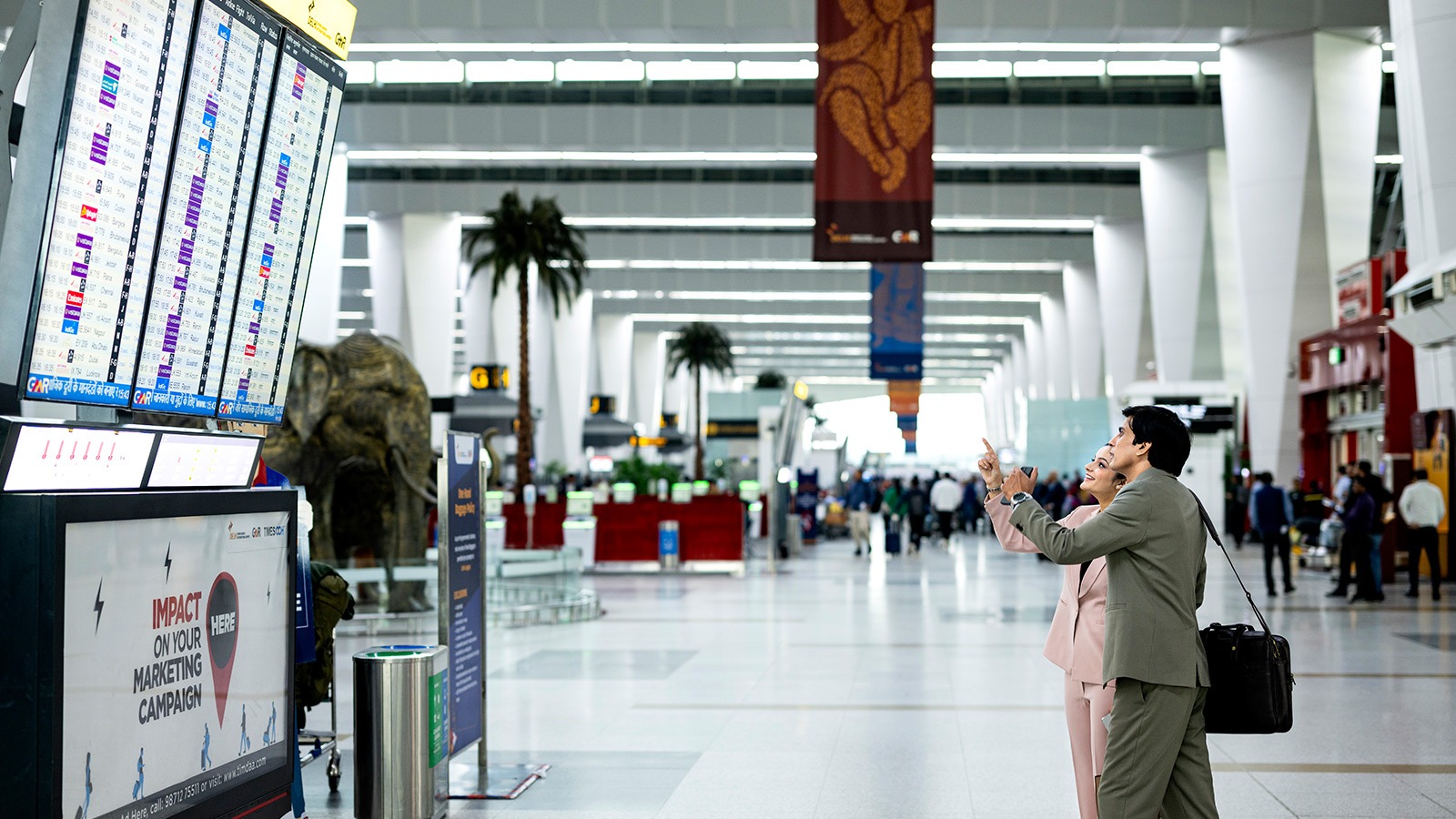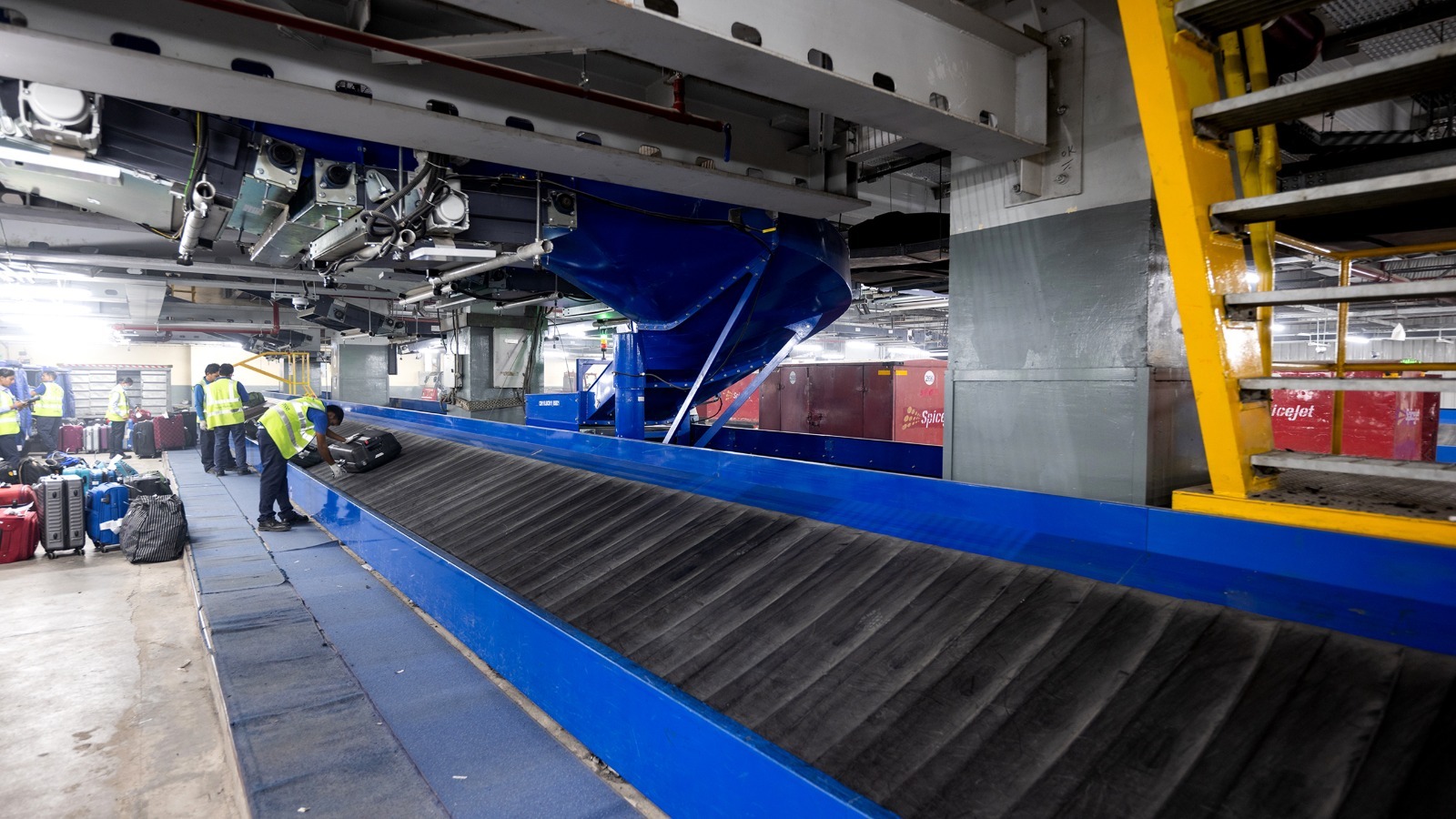
For over a century, aviation has thrived on innovation, radar, jet engines, GPS, satellite navigation, real-time flight tracking. Each wave of technology has reshaped how...

The next decade will reward airport leaders who go beyond strategy decks and financial forecasts and begin to think like engineers. Not because traditional management...

Airports are often described as the “cathedrals of the modern age,” combining engineering ambition with architectural spectacle. By 2030, global...

The true promise of automation is not a future without human hands, but one where technology amplifies human capability. Machines bring speed, accuracy and scale...